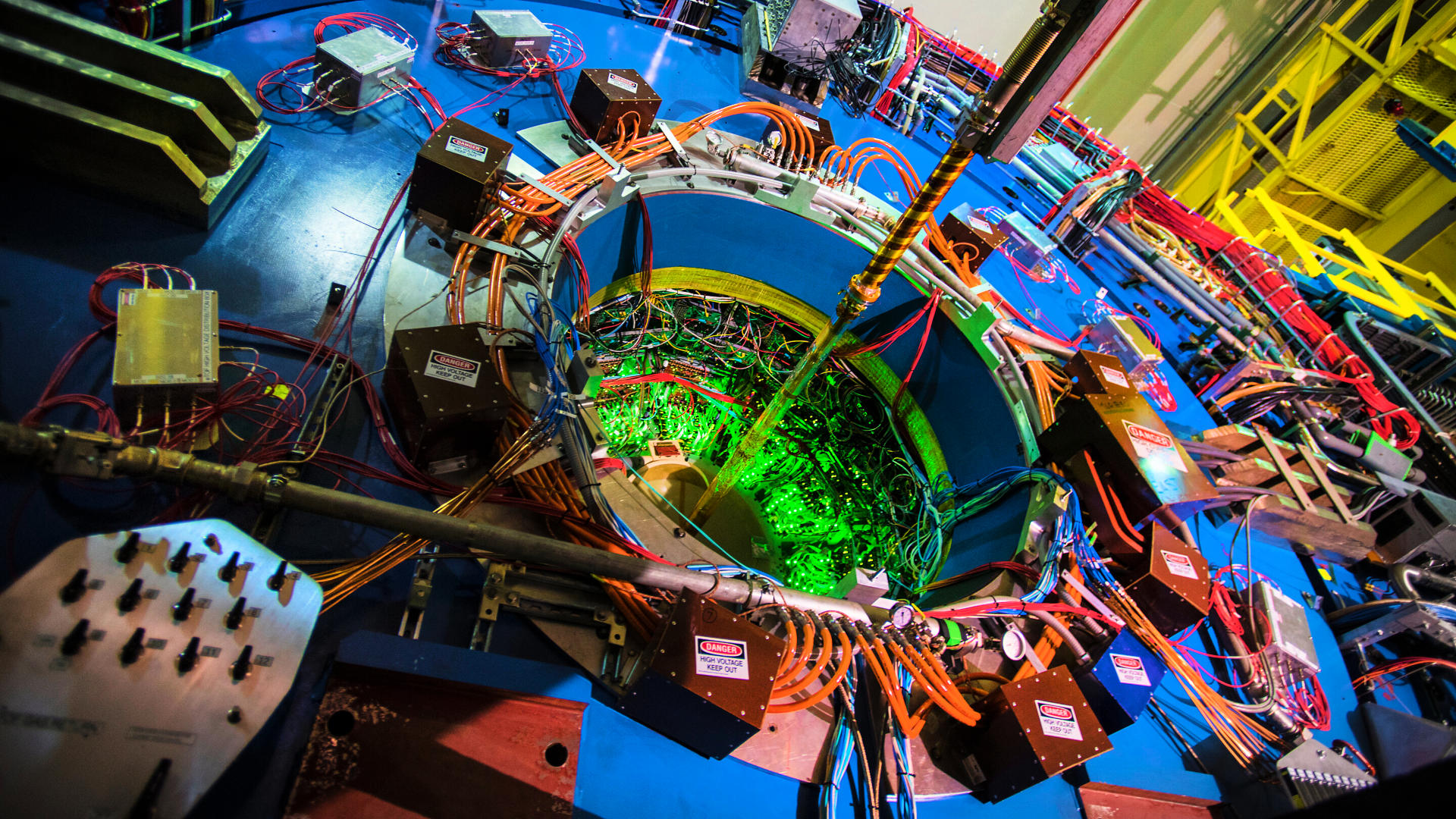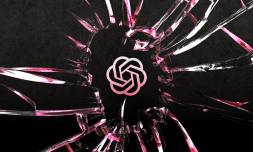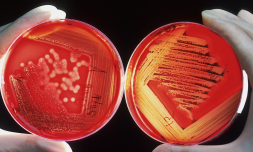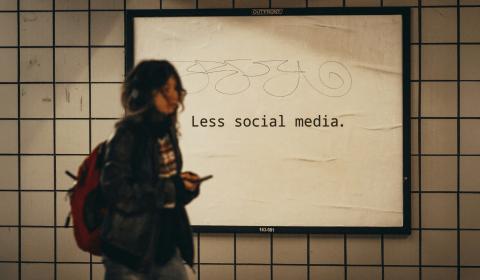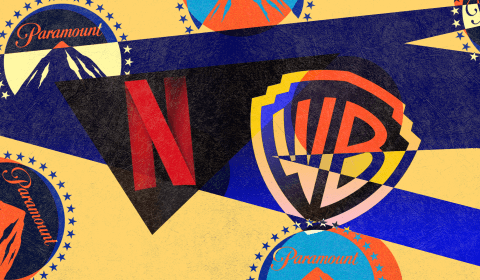Scientists at Brookhaven National Laboratory have uncovered a new kind of quantum entanglement, giving us an insight into a freaky phenomenon that causes particles to be intrinsically linked across cosmic distances.
We’re about to explain a scientific phenomenon that once bamboozled a certain Albert Einstein, so grab a coffee and strap in.
Scientists at the Brookhaven National Laboratory have completed a mind-bending study which sheds some light on the mystery of quantum entanglement.
In simple terms, this curious wonder refers to the idea that atoms – the building blocks of all known matter – can be intrinsically linked, even if separated by billions of light-years of space. Despite incomprehensible distances between them, a change induced in one will theoretically affect the other. Crazy, right?
For the sake of scale, picture two dice on different sides of the planet. Imagine that each time both are thrown, they come to a total of 7 with a 100% success rate. This is because they’re communicating in an instant through the process of entanglement.
The idea was originally posited by the brilliant mind of physicist John Bell in 1964, perplexing fellow visionary Einstein, who described his entanglement conclusions as ‘spooky action at a distance.’
Only ratified by research groups as recently as 2015, Bell’s basic theorem has since been explored in several high profile experiments. The latest breakthrough achieved by scientists at Brookhaven captured an unprecedented glimpse into the obscure nature of atoms.
The discoveries took place at the Relativistic Heavy Ion Collider, a special facility in Brookhaven, New York, which is capable of accelerating charged atoms (known as ions) to almost light speed.
When these ions collide or pass by one another, their interactions reveal more about the inner workings of atoms and bring us closer to discovering the biggest secrets of the universe and the trippy laws of quantum mechanics.









